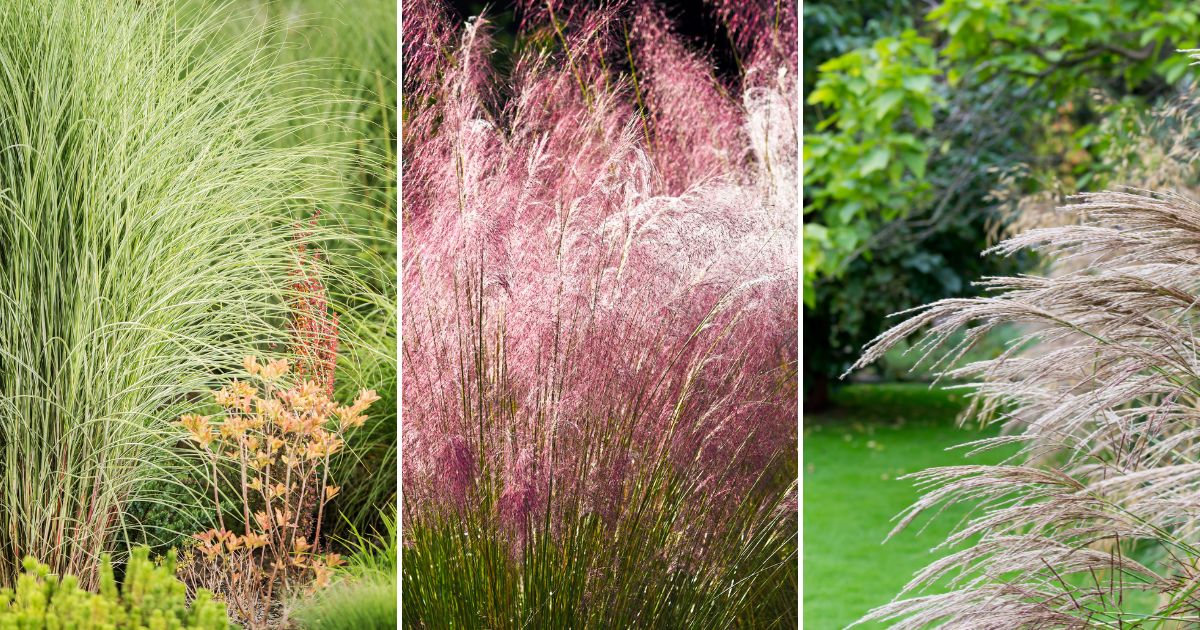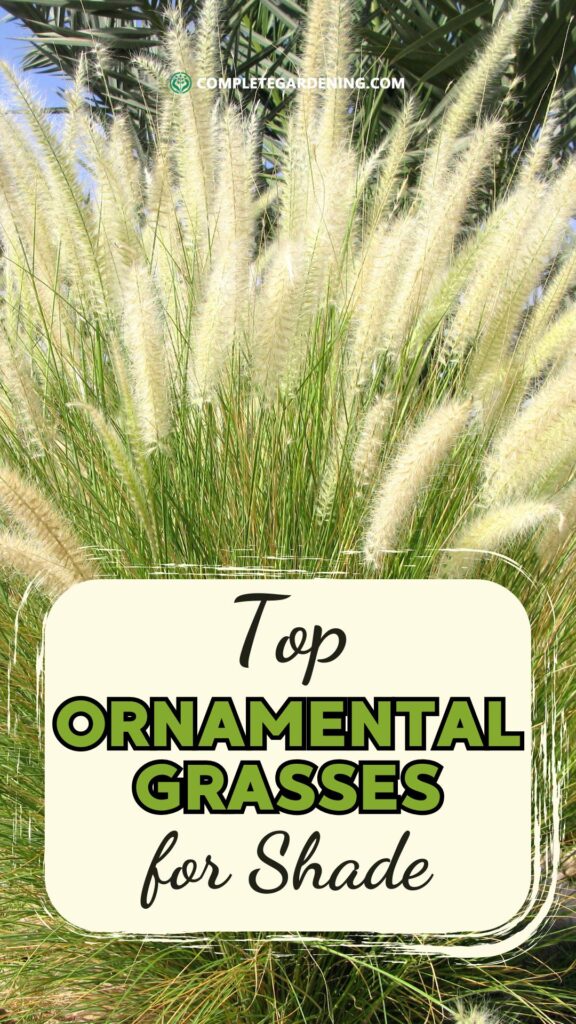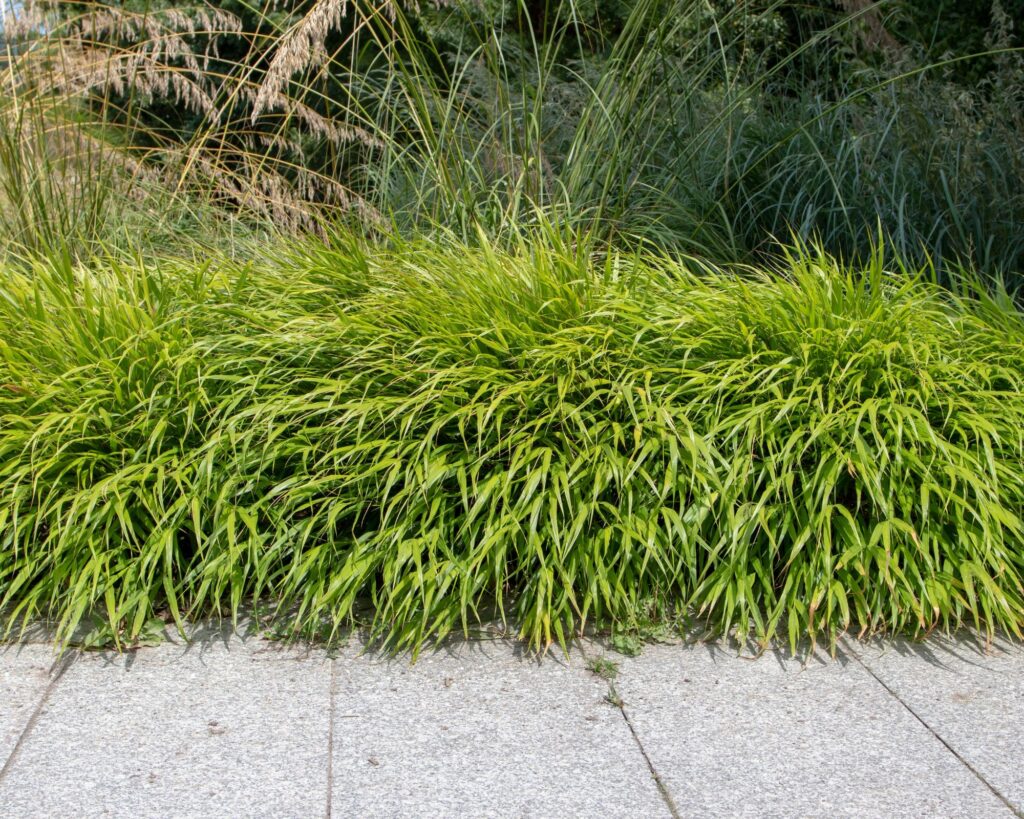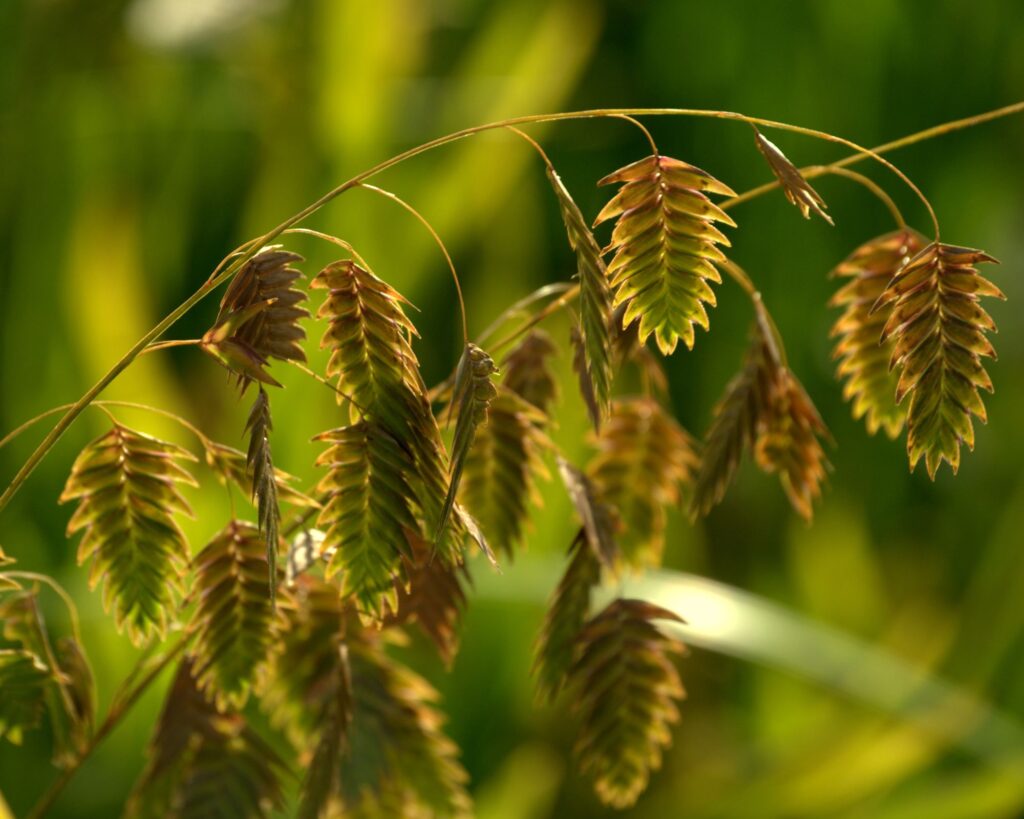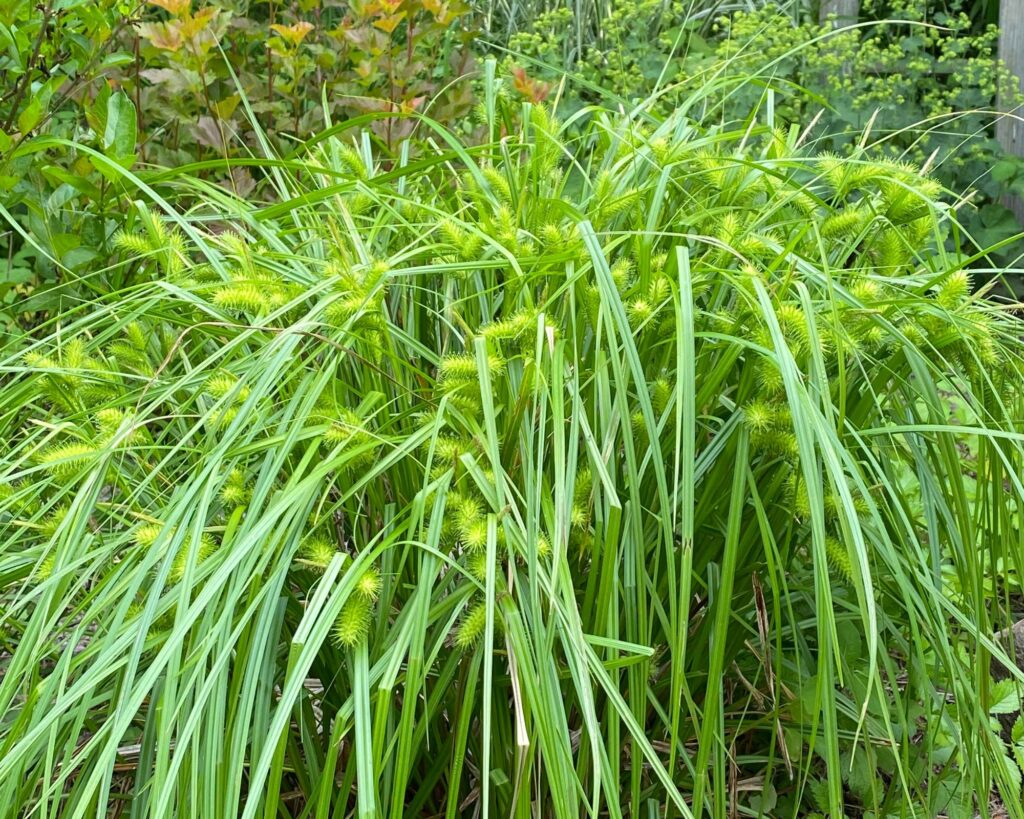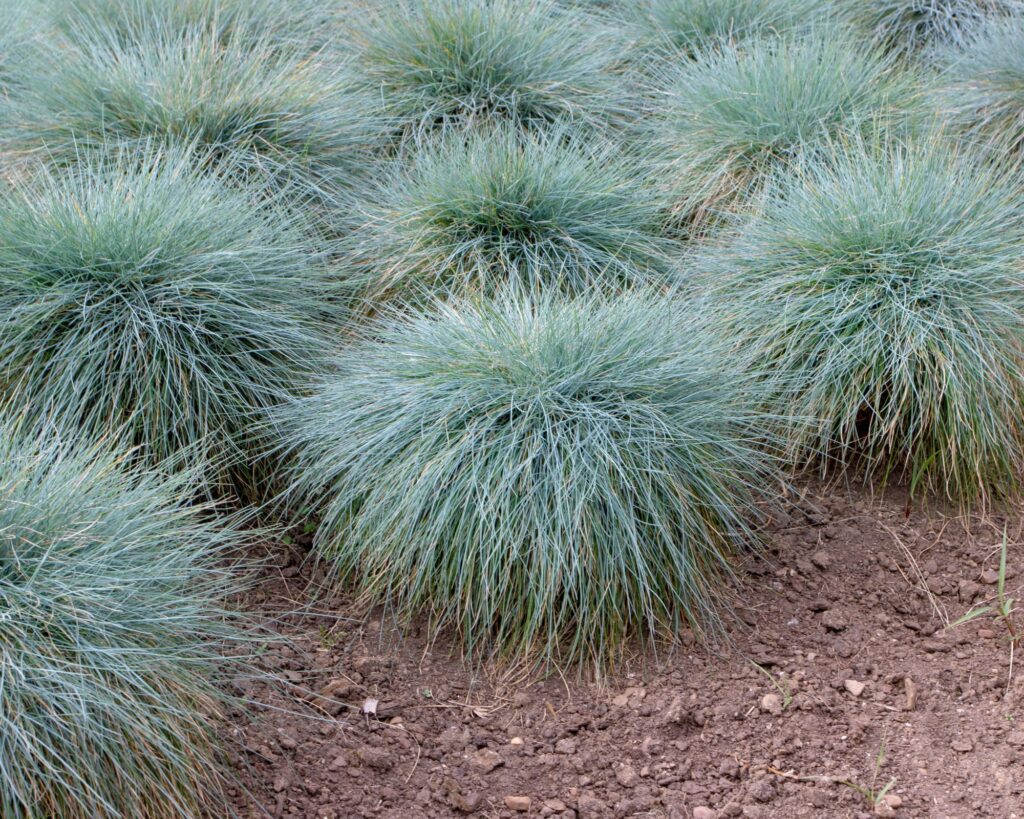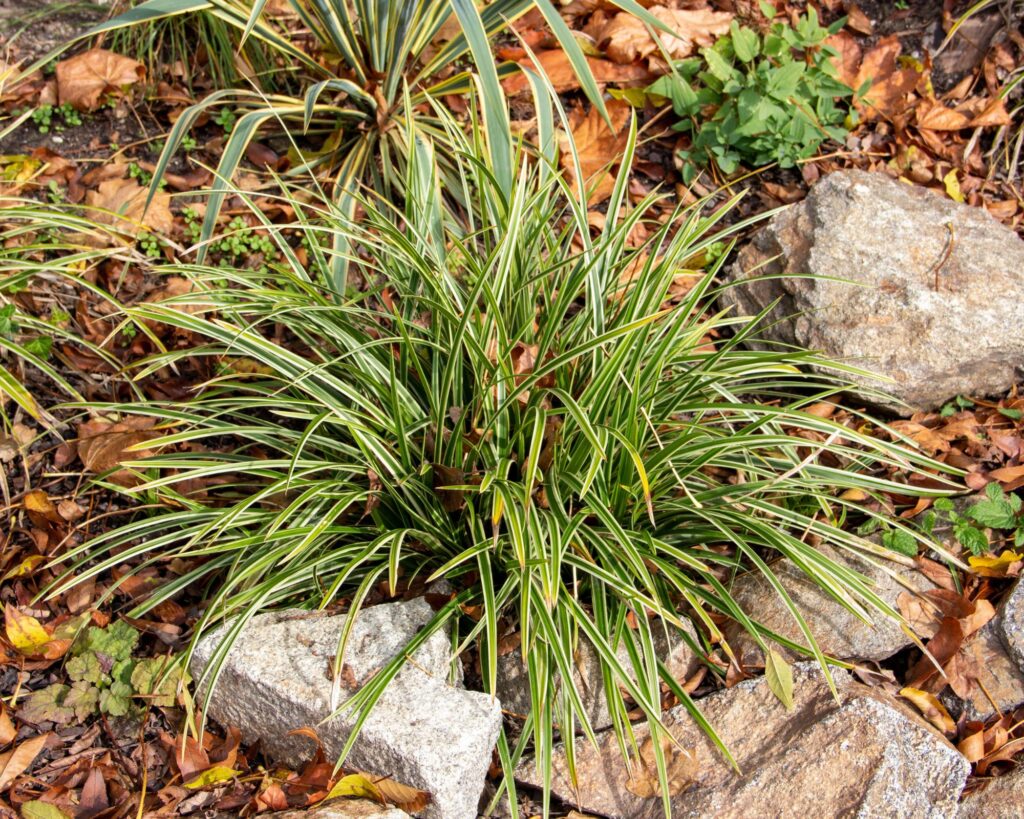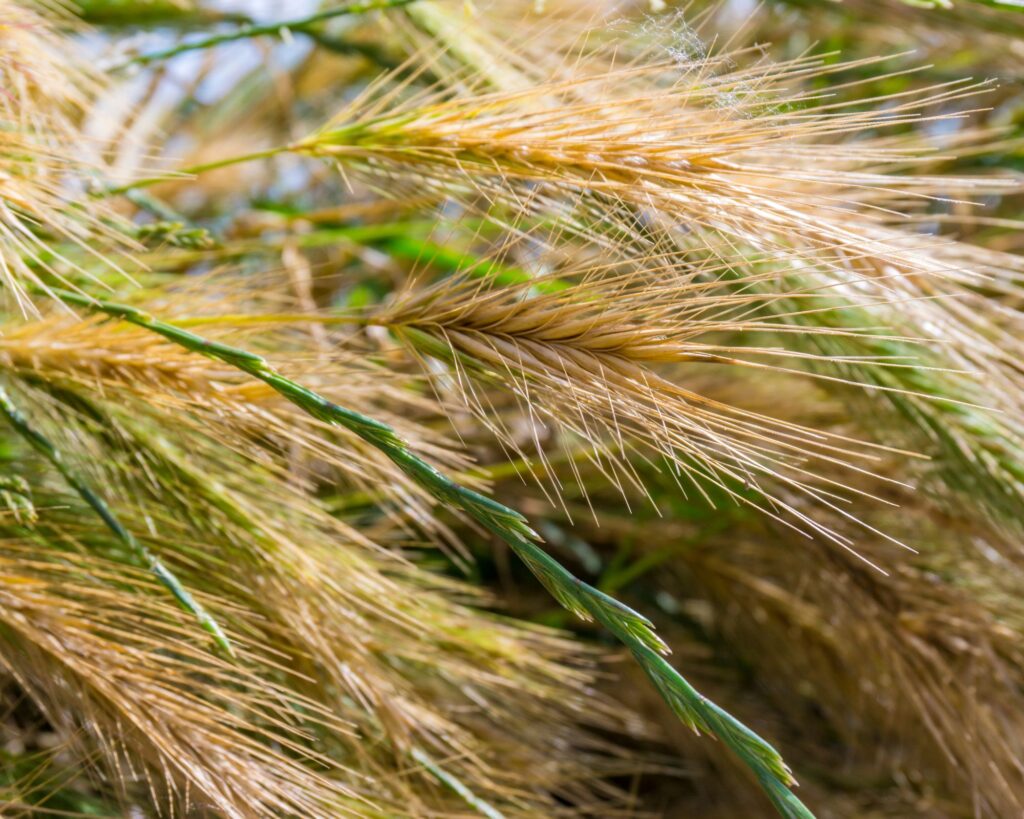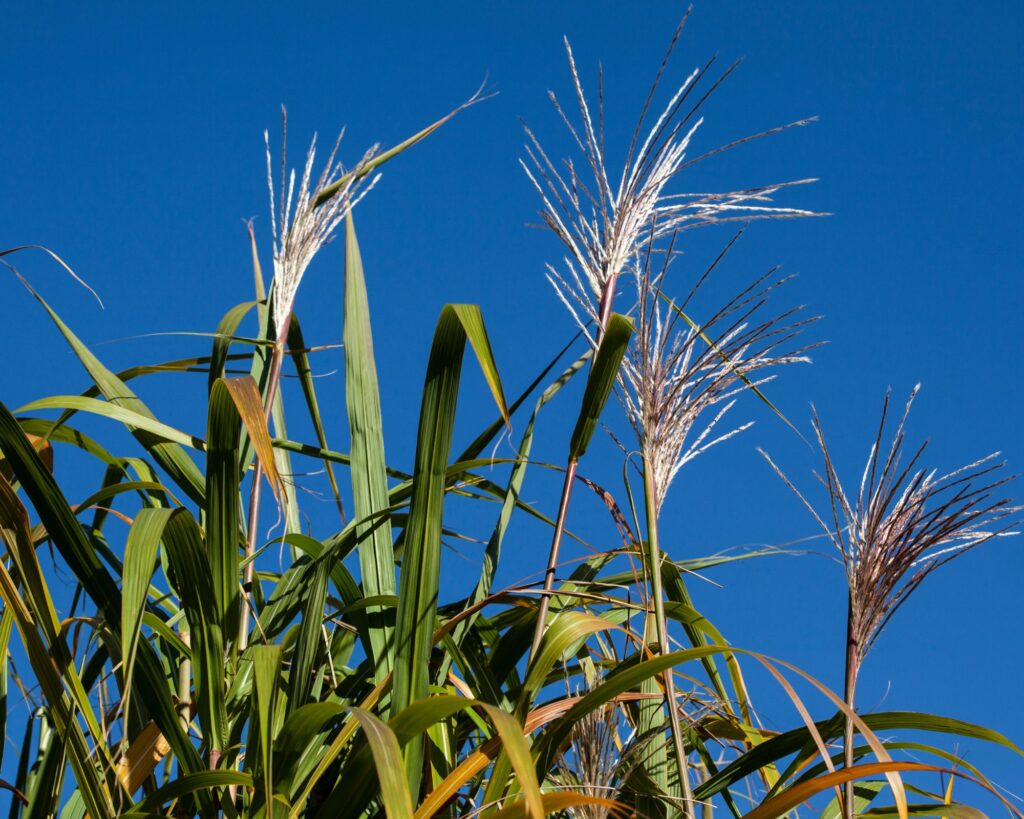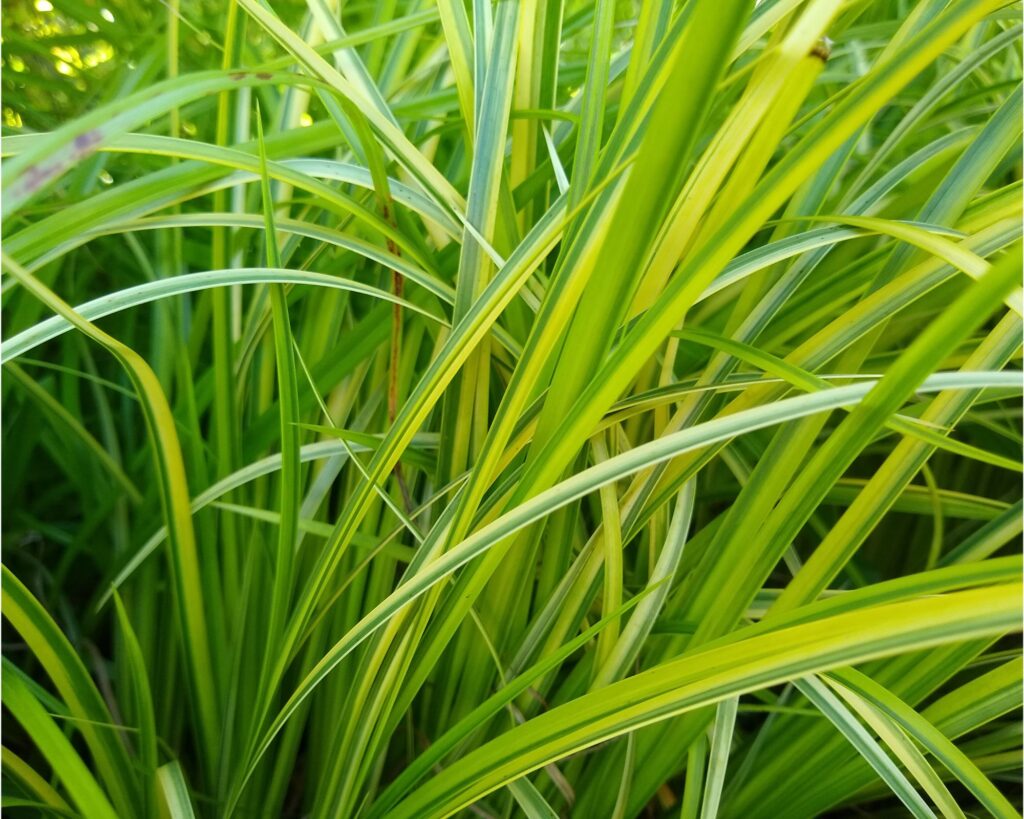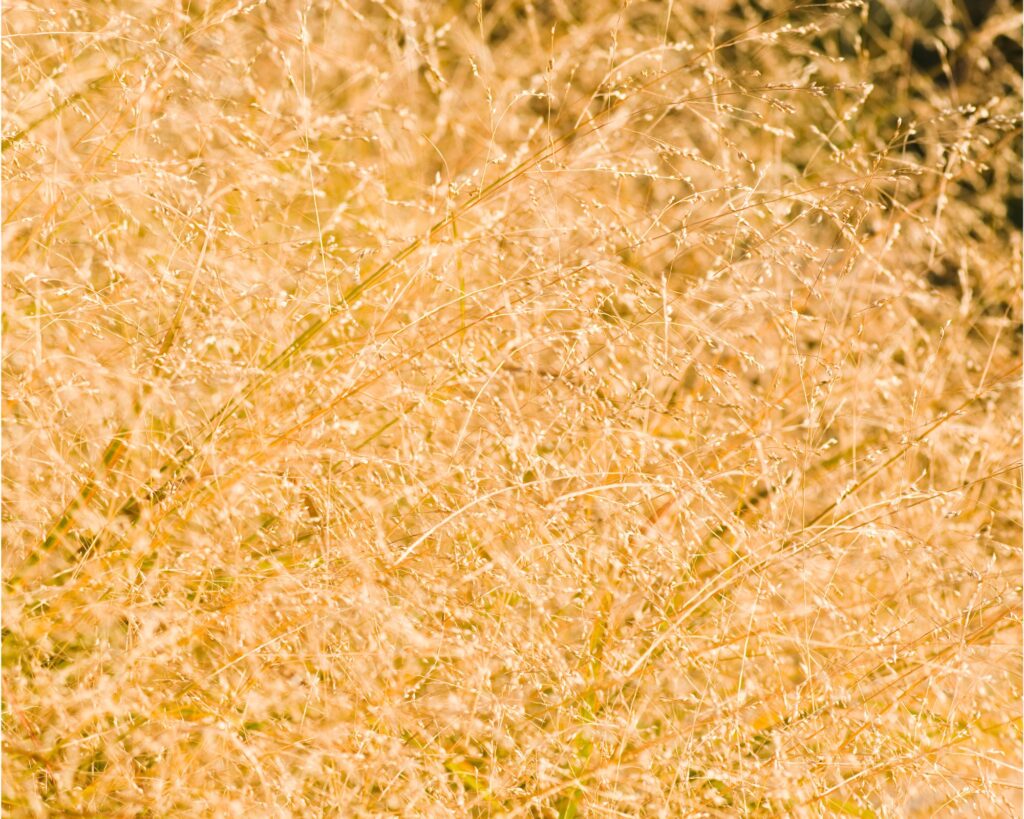Have you ever struggled to bring life to those shady areas of your garden? The solution might be simpler than you think – ornamental grasses.
These grasses aren’t just for sunny spots; many varieties love the shade, and they can add depth, texture, and movement to even the gloomiest garden corners.
Whether you need a soft carpet of green, a striking tall grass, or something in between, we’ve got 20 shade-tolerant grasses that will bring your garden to life.
Curious to see which ones will thrive in your space?
1. Japanese Forest Grass (Hakonechloa macra)
Japanese forest grass, also known as Hakone grass, is one of the most popular ornamental grasses for shaded gardens.
With its graceful, arching form and vibrant green, yellow, or variegated leaves, this grass adds a bright pop of color to darker garden areas. It grows best in partial to full shade and prefers moist, well-drained soil.
Why it’s great: Japanese forest grass brings a soft, flowing texture and striking color to shaded spaces. Varieties like ‘Aureola’ with golden-yellow blades are particularly eye-catching.
2. Northern Sea Oats (Chasmanthium latifolium)
Northern sea oats are beloved for their distinctive seed heads, which resemble flattened, dangling oats. This clump-forming grass grows in partial shade and is perfect for adding texture and movement to your garden.
The seed heads start green but turn bronze in the fall, adding autumn interest.
Why it’s great: Its ability to thrive in both sun and partial shade makes it versatile, while the unique oat-like seed heads provide dynamic visual interest.
3. Carex (Sedge)
Carex, commonly known as sedge, is a large genus of grass-like plants that thrive in a range of conditions, including shade. There are many varieties to choose from, with foliage ranging from bright green to silvery-blue.
Carex plants are low-growing, making them excellent for ground cover in shaded areas.
Why it’s great: Carex is versatile, low-maintenance, and provides year-round interest with its dense, colorful foliage.
4. Blue Fescue (Festuca glauca)
Blue fescue is a compact, mounding grass that works beautifully in shaded or partially shaded gardens. Its thin, needle-like leaves are a striking blue-gray, providing contrast against darker foliage.
Though it prefers some sun, it can tolerate partial shade, especially in warmer climates.
Why it’s great: Its cool, bluish hue and neat, rounded shape make blue fescue a great choice for adding structure and color to shaded areas.
5. Mondo Grass (Ophiopogon japonicus)
Mondo grass is a shade-loving ornamental grass with dense, grass-like clumps that grow low to the ground. Its dark green, strappy leaves are perfect for edging pathways or filling in gaps between taller plants.
Mondo grass tolerates deep shade and is drought-resistant once established.
Why it’s great: This grass is evergreen, low-maintenance, and perfect for shaded ground cover, making it a popular choice for shady gardens and borders.
6. Pennisetum alopecuroides (Fountain Grass)
While fountain grass is typically associated with sunny landscapes, certain varieties like ‘Hameln’ can handle partial shade.
Fountain grass grows in clumps and features delicate, feathery plumes that sway in the breeze, adding movement and texture to shaded gardens.
Why it’s great: Its soft, arching plumes and adaptability to partial shade make fountain grass a lovely addition to garden beds or borders.
7. Feather Reed Grass (Calamagrostis x acutiflora)
Feather reed grass is another ornamental grass that can tolerate partial shade. This tall, upright grass grows in tight clumps, with feathery plumes that add height and drama to garden designs.
The cultivar ‘Karl Foerster’ is especially popular for its hardiness and striking appearance.
Why it’s great: Feather reed grass adds vertical interest to your garden and thrives in a variety of light conditions, including partial shade.
8. Silver Sedge (Carex buchananii)
Silver sedge is a clump-forming grass with striking, silvery foliage that works well in shaded areas. This variety of sedge grows well in damp, shaded spots and can be used as ground cover or to add contrast to darker-colored plants.
Why it’s great: Its silver-gray foliage brings a cooling effect and contrast to the garden, making it a beautiful companion to darker-hued plants.
9. Tufted Hair Grass (Deschampsia cespitosa)
Tufted hair grass is a hardy, shade-tolerant ornamental grass that forms dense clumps of green leaves. In late summer, it produces delicate, airy flower plumes that float above the foliage.
Tufted hair grass thrives in partial to full shade and prefers moist soil.
Why it’s great: This grass adds a soft, airy texture to shaded gardens and looks stunning when planted en masse or along garden borders.
10. Giant Miscanthus (Miscanthus floridulus)
Giant miscanthus is a tall ornamental grass that can reach heights of up to 12 feet, making it an excellent option for creating a natural privacy screen in shady areas.
Its feathery plumes bloom in late summer, adding height and movement to the garden.
Why it’s great: If you’re looking for a dramatic, tall grass for a partially shaded area, giant miscanthus is hard to beat.
11. Variegated Japanese Sedge (Carex morrowii ‘Variegata’)
Variegated Japanese sedge features green leaves edged with creamy white, making it a striking addition to shaded gardens.
This ornamental grass forms low, mounding clumps and is ideal for edging pathways or garden beds.
Why it’s great: The variegated foliage brightens up darker corners of the garden, adding light and contrast.
12. Eulalia Grass (Miscanthus sinensis)
Eulalia grass is a tall, upright grass that can tolerate partial shade. Its fine-textured foliage and feathery plumes add elegance and movement to the garden.
Eulalia grass is perfect for adding height to shaded borders or as a focal point in the garden.
Why it’s great: Its tall, graceful form and tolerance for partial shade make it a versatile choice for adding drama and height.
13. Golden Variegated Sweet Flag (Acorus gramineus ‘Ogon’)
Golden variegated sweet flag is a low-growing ornamental grass that thrives in shade. Its bright, golden-yellow and green variegated leaves bring a pop of color to the garden, making it a perfect choice for edging pathways or water features.
Why it’s great: The bright variegation lightens up dark areas, and its love for moisture makes it ideal for boggy or damp shade gardens.
14. Purple Moor Grass (Molinia caerulea)
Purple moor grass thrives in partial shade and brings a soft, airy texture to the garden with its slender stems and purple-tinged flower spikes. This grass is ideal for naturalistic plantings or as a filler in borders.
Why it’s great: Its delicate flower spikes and purple hues add subtle color and movement to shaded areas.
15. Autumn Moor Grass (Sesleria autumnalis)
Autumn moor grass is a cool-season grass that grows well in partial shade. It features fine-textured, yellow-green leaves and produces airy seed heads in late summer. It’s perfect for adding a soft, natural look to shady areas.
Why it’s great: This grass offers year-round interest, with its green foliage providing a fresh, light look even in the cooler months.
Transforming the shaded corners of your garden doesn’t have to be a challenge. With the right ornamental grasses, you can bring life, texture, and movement to areas that often feel neglected.
These 20 shade-tolerant grasses offer a versatile solution, providing everything from ground cover to towering, dramatic accents. So, if you’re ready to take your shaded garden areas from drab to dynamic, start experimenting with these ornamental grasses.
With a little planning, you can turn even the darkest corners of your garden into a lush, inviting haven that you’ll enjoy year-round.
